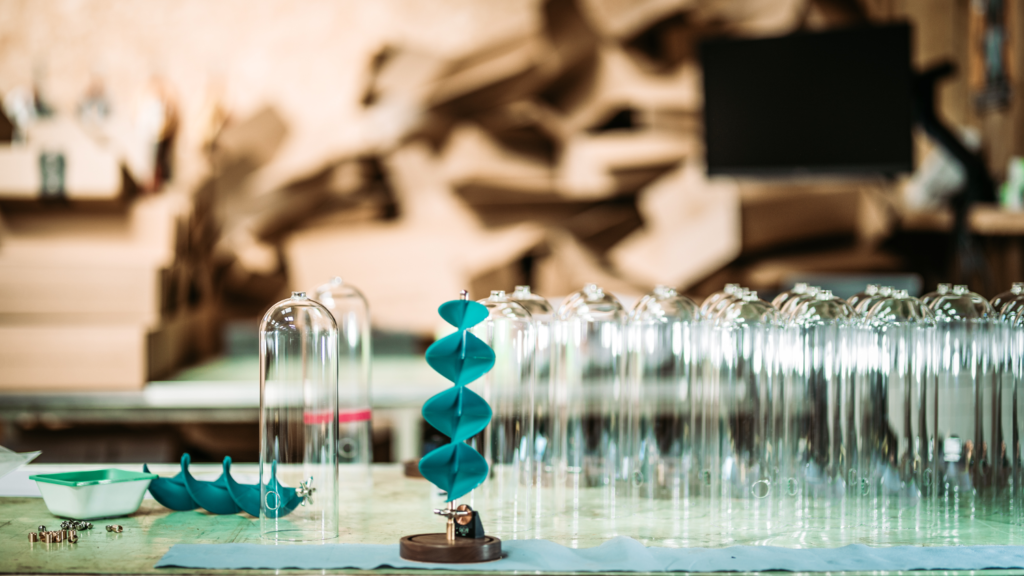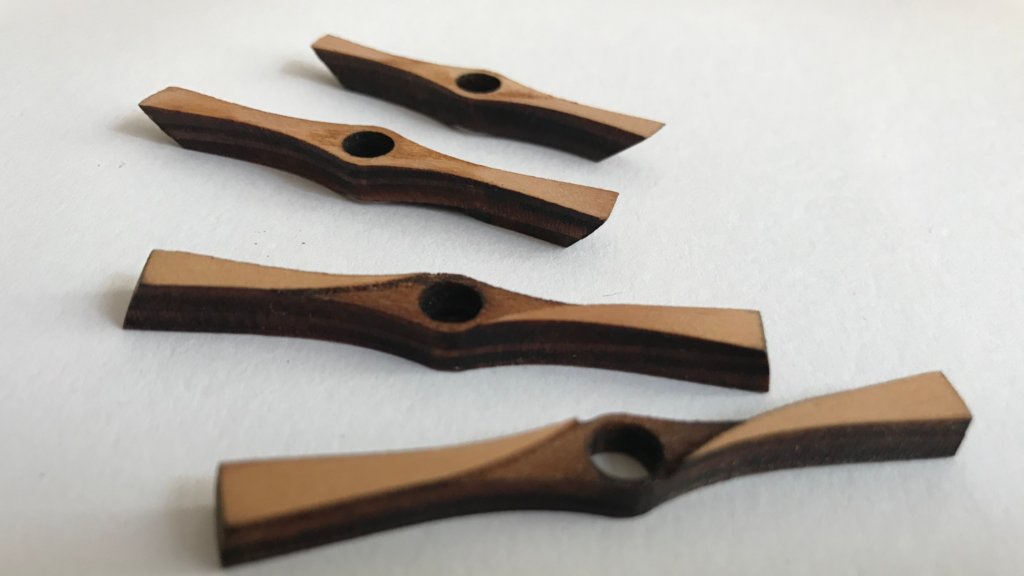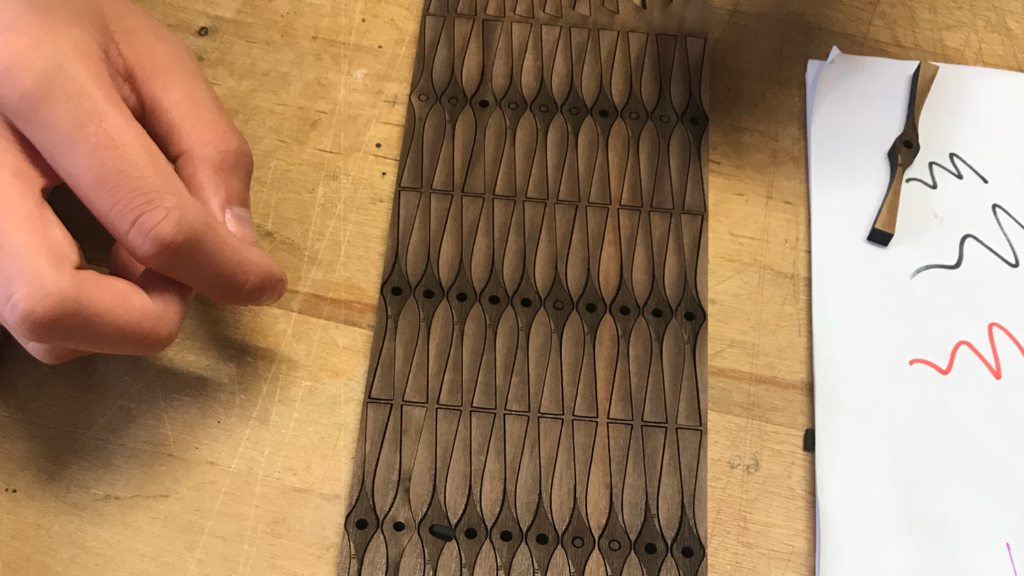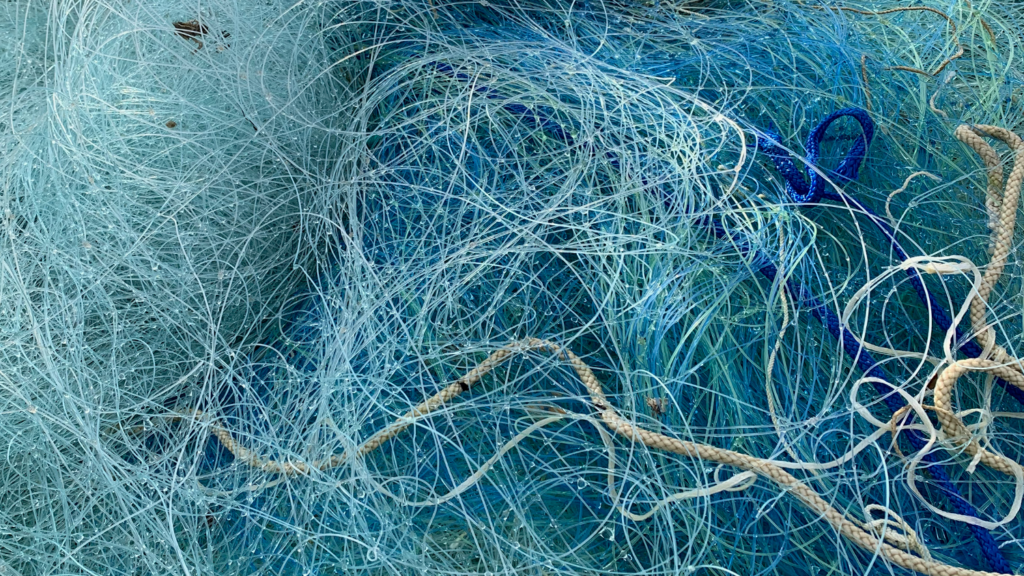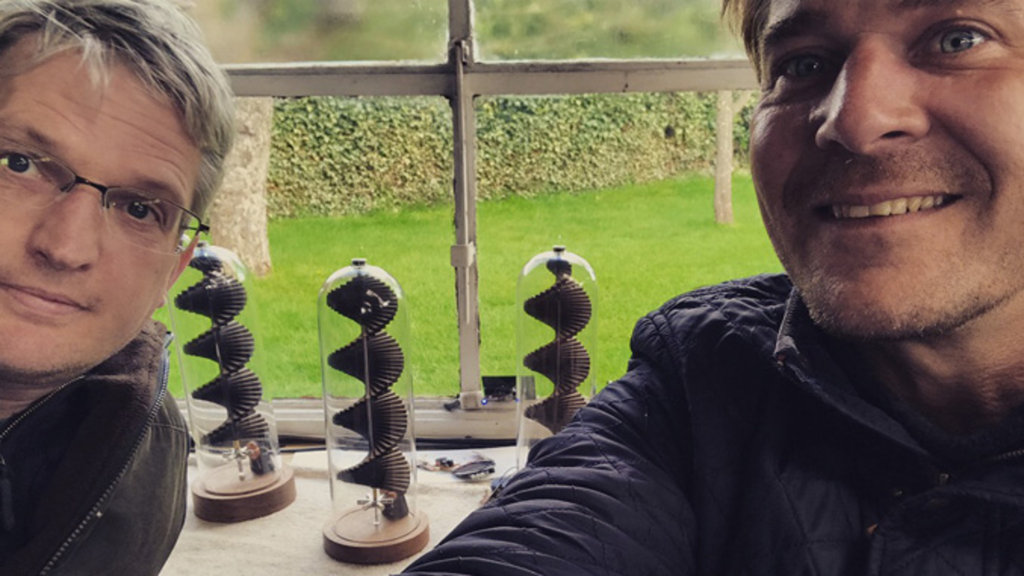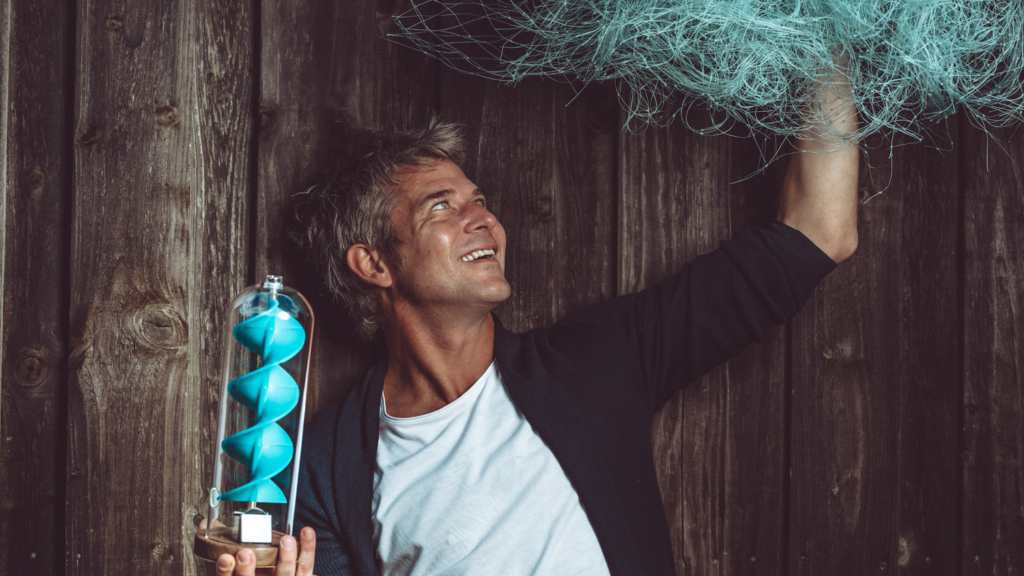With his latest project, Uplift, Tom Lawton is looking to soothe people’s souls in 2021. The serial inventor talks to Stephen Holmes about a life spent transforming his ideas into reality, the power of making your own decisions and the importance of standing up to the big guys
Tom Lawton barely stops for breath during our interview. The conversation – darting off at tangents and racing through several of his projects – provides a whistlestop tour of what’s been keeping the designer, inventor and occasional TV star busy over the eight years since he last appeared on the cover of DEVELOP3D.
There’s the Bubblescope, for example: a 360-degree camera, launched ahead of its time and well before virtual reality hit its mainstream stride. This design, Lawton claims, was later regurgitated, without credit, by a major brand that had previously turned down his idea.
Then came the success of the Million Mile Light, a wearable light powered by movement that has become a favourite for safety-conscious runners.
And along the way, there have been many more commissioned projects, including a television series in which he brought to life his young son’s fantastical designs for their house boat. With each project has come different lessons, he says.
“In reality, every product, invention and business case is completely different. I must have done 10 commercial projects, and 20 experimental inventions that haven’t made it forward, in over 25 years. And every one of them was a different kind of thing,” he says, speaking from his workshop in the chocolate-box Cotswold town of Malmesbury, UK.
Uplift – Good vibes
His most recent undertaking has been the launch of Uplift 2.0, a never-ending spiral that pirouettes hypnotically, encased in a glass dome and sat on a wooden pedestal.
It’s like something you’d find in a Victorian cabinet of curios; a small, brass mechanism, harnessing daylight to power the rotating helix. Made of a sea-blue material, the spiral glows in the sunlight. It’s extremely soothing to watch – which in fact, is the whole point, since Uplift 2.0 is intended to enable stressed-out observers to unwind and meditate.
Lawton himself is a man you sense runs on a mix of good vibes and drive. “I’ve got very, very good spirit in my veins, whatever that means!” he smiles. “I don’t even need to think about being optimistic. It just happens.”
He channels this energy into new ideas and inventions, taking inspiration from diverse sources – things he spots on his morning run, for example, or headline events dominating world news.
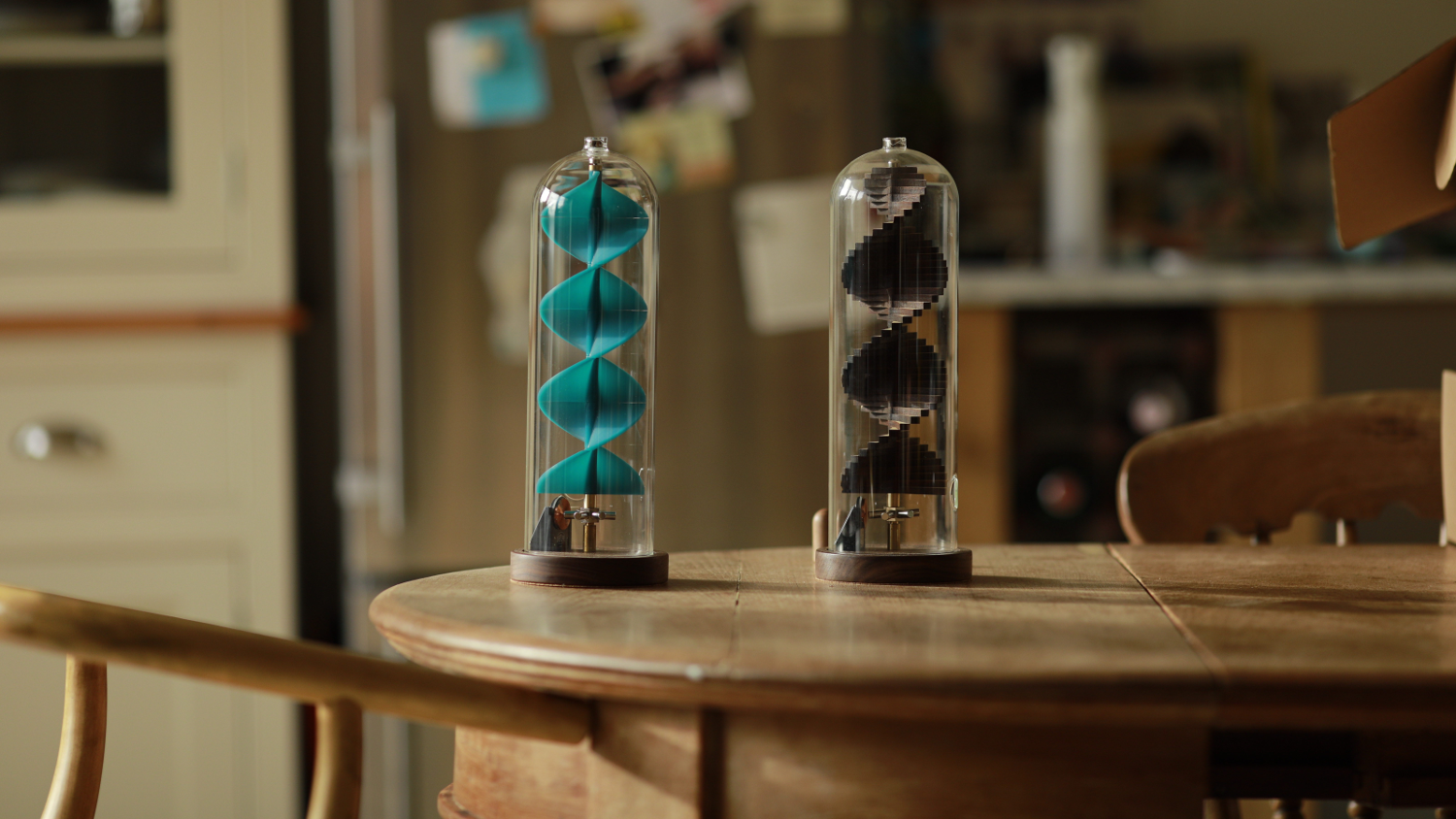
Bubblescope, for example, was inspired by TV news footage of Saddam Hussein’s statue being toppled during the Iraq war. That got Lawton wondering what was happening out of shot.
The focus for Million Mile Light was inspiring people to believe that renewable energy can be a beautiful thing. The original Uplift design, meanwhile, was a response to Brexit and influenced by Lawton’s previous work on a project involving spirals.
“Brexit came, and all the people I love just seemed to lock horns with one another. And I’m not political. I have my thoughts and opinions, but I just have to reel it in, otherwise I’d just end up barking up trees,” he says. “It really upset me that my friends were suddenly at each other’s throats. It was really depressing.”
His instinct, rather than to be ground down by the situation, was to make something – and around the same time, his fellow inventor and collaborator Ben Jandrell brought him a new device that he was working on.
“We’ve got a dual fascination in doing cool things with very small amounts of energy – that’s where the Million Mile Light came from,” Lawton explains. “Ben showed me the little kinetic arrangement for a solar engine and I was like, ‘That’s really cool’, and I thought about the spiral and whether I could combine the two things together.”
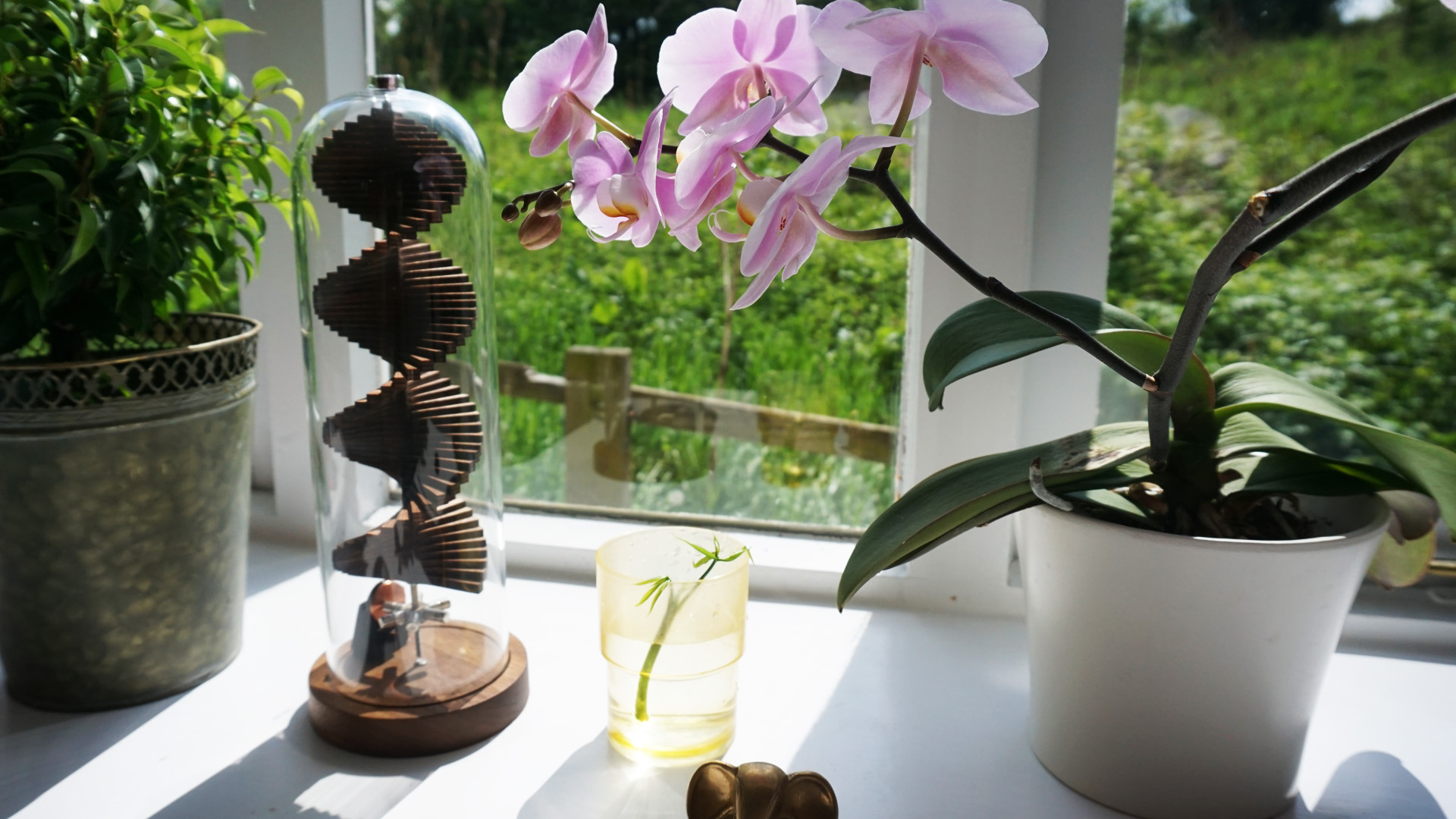
At this point, Uplift was, in essence, an art project. Its spinning tower was made from laser-cut pieces of wood, arranged on the motorised shaft that spiralled upwards. But Lawton soon realised it was more than that, when he took his creation to visit his grandmother, Kitty, in her nursing home and saw its beneficial effects.
“The effect [of the spiral] was to very genuinely ease her anxiety – and when you’ve got dementia, you can easily get on a stressful pathway,” he says. “It became a really nice relaxation tool for her, and I’d bring it every time I went to see her.”
Sadly, Kitty passed away some time later, but his grief drove Lawton to take his design to the next level.
Uplift – Moment of clarity
After some tweaks to the design, the first model was launched on Kickstarter, a place where, from previous positive experiences, Lawton feels comfortable launching his creations.
“I’ve become pretty effective at starting Kickstarter campaigns,” he says. “I’ve done maybe six, and every time, we’ve raised £60,000 to £70,000. So that’s £250 to £300 grand on Kickstarter over the years.”
Uplift was another great crowdfunding success for Lawton, and suddenly he was faced with the challenge of having to make and assemble 440 units. But 22,000 lasercut pieces of wood later (each hand-finished with a nail file), his labour of love paid off. “There’s this paradox there,” he reflects. “I’m in the pursuit of relaxation, but to get there, I’ve got to do these insanely hectic things!”
Using Kickstarter not only verified that there was a market for Uplift, but it created a direct link for Lawton to communicate with customers. “Lots of people were telling me about how it helped their mental health, which I hadn’t really considered,” he says.
Parents of children with autism got in touch, too, telling him how it aided calming. People whose mobility is restricted through illness found it soothed their frustrations.
Off the back of this, Lawton asked his audience what they’d like to see next. Their response: something reminiscent of the ocean.
With Uplift 2.0, the aim was to take the responsible production ethos a few steps further with regenerative design – taking waste material and putting it to use.
Via Twitter, Lawton got in touch with Fishy Filaments, a company that recycles waste nets from Cornwall’s commercial fishing fleet. By using a proprietary washing process to remove salt and marine algae, the nets are then remelted at over 200°C to produce recycled marine nylon.
“It’s Nylon-6 and it’s got this optical property to it,” says Lawton. “It’s genuinely been in the ocean, tumbling – and it somehow embodies part of that.”
However, 3D printing the material in a layered FDM form obscured the light flow, so Lawton decided that the high heat and pressure of injection moulding would be a better way forward.
This created two issues. First, injection moulding most commonly happens in China, and Lawton had hoped this part of the product could be manufactured in the UK – especially given Brexit, not to mention the close-to-home narrative around using reclaimed plastic from UK waters. Second, it stands to reason that very few companies operating a million-pound injection moulding machine will be keen to work with a material that potentially contains contaminants.
Again, Lawton turned to Twitter for suggestions — not least from members of the DEVELOP3D readership, he adds: “A few names always come up and they’re clearly part of the community who just like solving problems. I was pointed to a company in Shropshire called Plastic-IT, a family-run ‘artisan’ injection-moulding company.”
The owners of Plastic-IT responded well to Uplift 2.0. Despite the lack of a massive order or big-name backer, Lawton says his enthusiasm and what he was trying to achieve sealed the deal. The first thousand units of Uplift 2.0 were produced in Plastic-IT’s facility in Shrewsbury, using the Fishy Filaments Marine Nylon — “and it was a nightmare,” says Lawton, unexpectedly.
“We did it, but it was so difficult to do,” he continues. Fishy Filaments, he admits, was brilliant, but while it was able to deep-clean nets and provide the homogenous, pelletised material for injection moulding, there were still contaminants in the material. That meant that, frequently, the injection moulding machine would just stop.
“Given that this was happening against the wider backdrop of the Covid-19 pandemic, he says, “we really had to dig deep to not just fuck it all off.”
For the 1,000 units that came through the process perfectly, there was a scrap rate of around 800 units. But, Lawton adds, thanks to the experienced father-and-son team at Plastic-IT, another UK source of recycled fishing net material for the next line of products was identified.
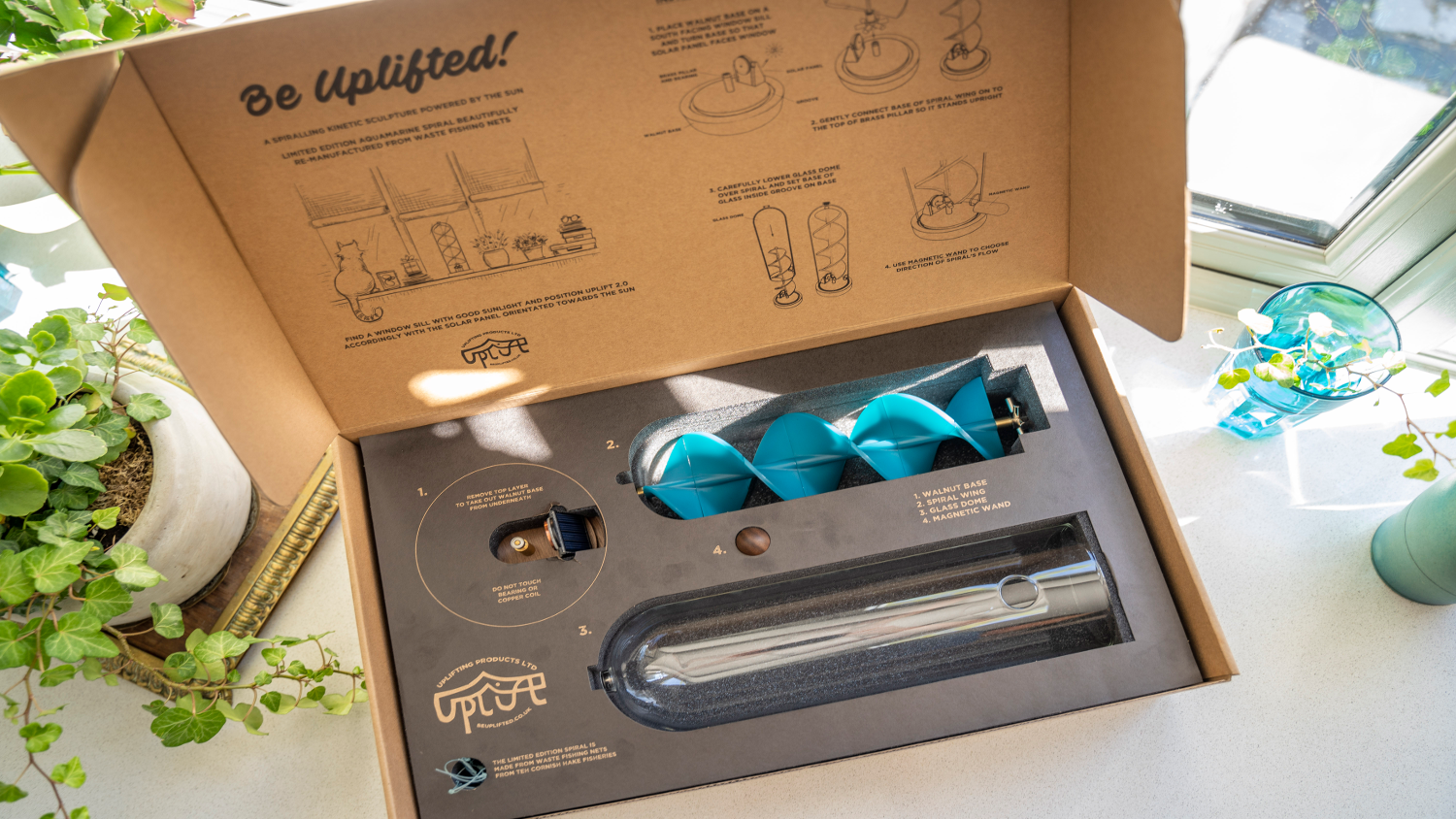
Own your strenghs
Using experimental materials and insisting on UK-based manufacturing might be considered too risky by many business leaders – but Lawton explains it’s easier for him to make such decisions, thanks to the level of autonomy he has. “That’s what I find exciting and empowering. As much as it’s scary being so independent, it’s invigorating as well. You get to be a bit more free with the wind.”
So while the production issues were a setback, they also provide yet another good learning experience. And it’s one that Lawton has tackled with typical creative flourish. As a result, Uplift 2.0 is a product built to exceptional quality standards, to become a sought-after limited edition.
With over 25 years charting his own path in the commercial world, Lawton’s optimism makes it easy for him to recover from setbacks. And thanks to social media, Uplift has found its way into houses around the world, even garnering a celebrity following, with the likes of Sir David Attenborough, Jamie Oliver, illusionist Derren Brown and Radio 4 presenter Reverend Richard Coles all expressing their appreciation of it publicly, in one way or another.
Lawton believes in being a positive force, and has given away products on occasion, even personally dropping off an Uplift on the Reverend Cole’s doorstep, following the death of his civil partner. “The way that people respond to it is just beautiful,” Lawton says.
In an age of social media influencers and corporate sponsorship, it’s easy to become cynical about these things. It’s not that Lawton isn’t aware of the impact of celebrity endorsements. But based in a whimsical little English town, and with his genuine enthusiasm for doing good, some of the goodwill is paying off.
This is made by @tomlawton and it is bewitching the Vicarage. pic.twitter.com/qFl1acbbVo
— Richard Coles (@RevRichardColes) May 19, 2020
He’s keen to offer others the benefit of his own experience too, as we delve back into more pragmatic advice for designers. One area in which he has first-hand experience is knowing when to pursue an idea, and build a company around it; and when to use your skills instead to design the product, patent it, and then license it to a big brand.
“Be careful about how much you disclose to any corporate entity, because they are not on your side until you’ve got something totally fab. So be really secretive about what you’re doing. You’re the one who’s got the clever thing.
You’ve got the power, as they need new ideas,” he warns. “If you’re an innovator, it might not just be that single idea. Your genius was the fact that you could come up with it.
“Chances are, you could come up with a good idea for dispensing peanuts if you wanted to! There’s lots of times I pick myself up, but for good reason: because all of these reasons come together and you’re ready to go.”
In Lawton’s case, like Uplift, this has definitely been with an upward flow.

